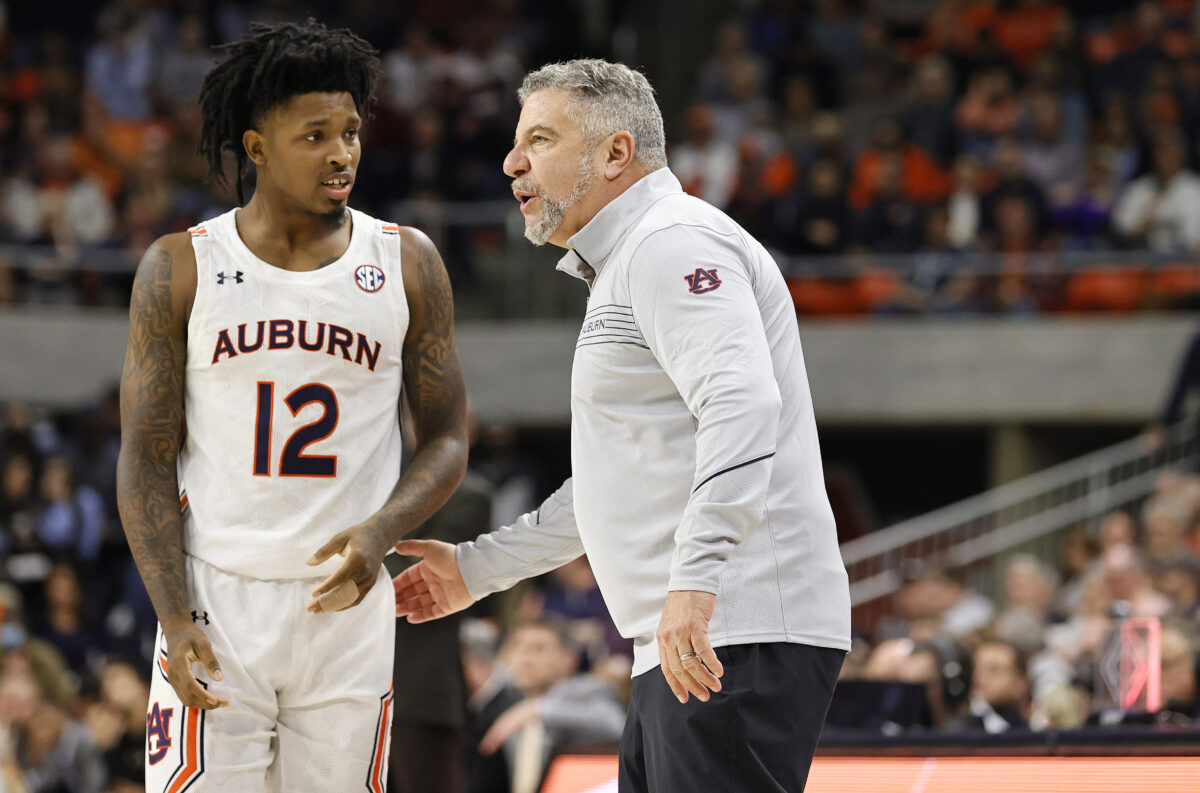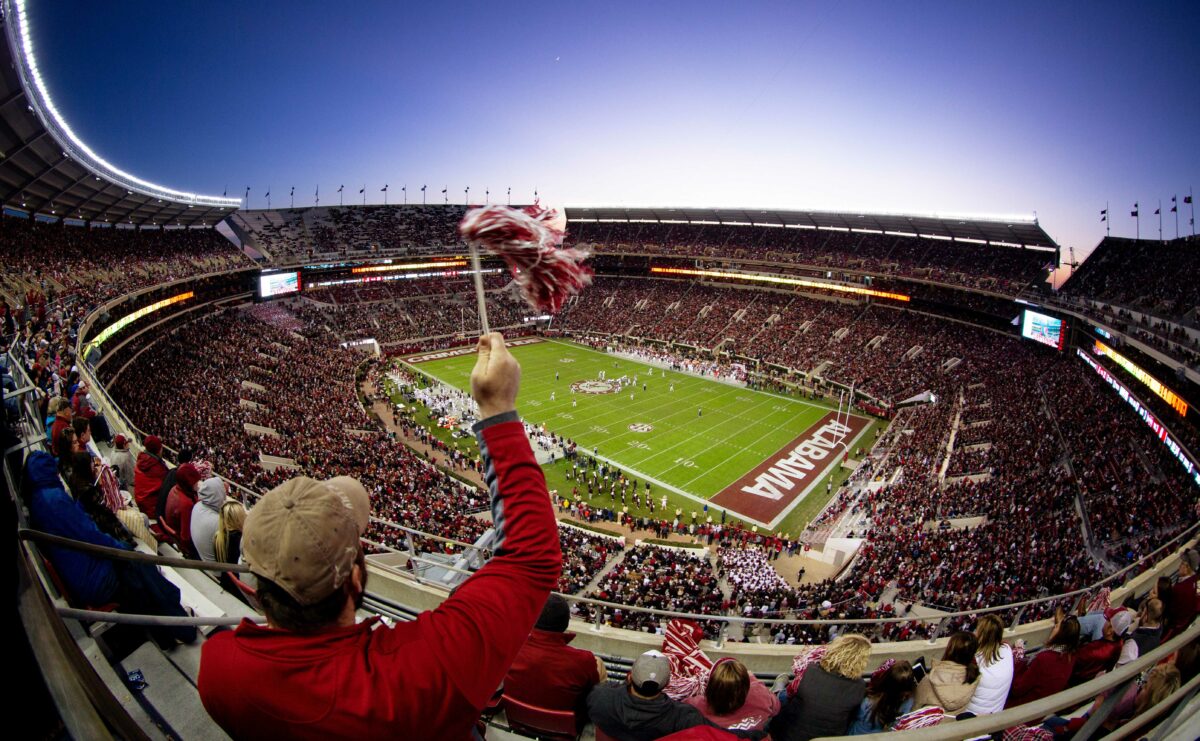Any reasonable person has known for some time that if college football happens this fall it will look drastically different than ever before
Any reasonable person has known for some time now that should a college football season occur this fall, it will look drastically different than any other season we’ve ever seen. The only question was, how so?
The first domino in answering that question fell Thursday afternoon, as the Big 10 announced that it would be scrapping all scheduled nonconference games and moving to a conference-only football schedule.
Not only does this alter the schedules of Big 10 teams, but also every team that was scheduled to play a Big 10 team in non-conference play. As a result, it’s just a matter of time until the rest of the FBS makes the same call.
The PAC 12 has been reportedly considering doing the same for months now, and according to Stadium’s Brett McMurphy, the ACC is likely to move to a conference-only schedule, as well.
SEC Commissioner Greg Sankey said that the league will wait as long as possible to make final decisions but that it will also discuss the possibility of eliminating nonconference games.
These are important first steps from the Power Five, which until now hasn’t taken nearly as proactive a course as, for instance, the NBA has. But this also feels like an abrupt turn in strategy.
Just weeks ago, Ohio State Athletic Director Gene Smith suggested that they could put 40-50,000 fans in the stadium. On Thursday, his tone changed drastically.
“I am very concerned,” Smith said, when asked about playing fall sports in general. “I used to be cautiously optimistic, but I’m not even there now. When you look at our trajectory with the virus, we are either the worst country or one of the worst. We wanted September available to use to provide flexibility and control to handle disruptions.”
The Big 10’s announcement was less of a proactive step than it was a scramble. College football waited too long to take concrete steps to ensure the season could be conducted safely, and now the entire season is jeopardized.
[lawrence-related id=17447]
Most, if not all, Power Five leagues will do the same thing the Big 10 did. Most Group of Five leagues will, as well. But it’s not going to save the season.
Moving to a conference-only schedule is the last gasp from college sports administrators realizing the error of their ways. Because, though clearly a step in the right direction, nixing nonconference games isn’t the answer.
Sure, it keeps programs’ travel generally region-locked, but at this point, with over 3 million confirmed COVID-19 cases in the United States, spreading the disease to new places isn’t really the concern. The concern is keeping the thousands of players, coaches and personnel safe while somehow limiting collateral in the travel process. A conference-only schedule doesn’t begin to solve all of these problems.
There’s only one answer: delaying the season.
Right now, college football is setting itself up for a disaster. Administrators are either too stubborn or too invested to see the writing on the wall, and they’re going to create a massive headache for themselves.
Barring something unforeseen changing in the next month and a half, outbreaks will be an inevitability this fall. When that happens, the season will be stopped and either canceled or postponed.
Assuming this is the case, college football has two options: Delay the start of the season with the hope that a more normal season is possible later on, or devise a complicated plan for a fall start that will more likely than not fail, resulting in a delayed season anyway but with the added hurdle of dealing with a restart instead of just a delayed start.
The former option is, in my opinion, clearly superior. But it seems that those in power are more interested in the latter. When that comes to pass, the months wasted arguing about precisely how many fans can safely be shoved into metal bleachers will be all the more damning.
[lawrence-related id=17685,17201,16160,13722]
Coast Hoops in 2022-23!
https://t.co/eTSb7Bnpj7#WarEagle pic.twitter.com/GmBqpAhkgb







 »
» 

